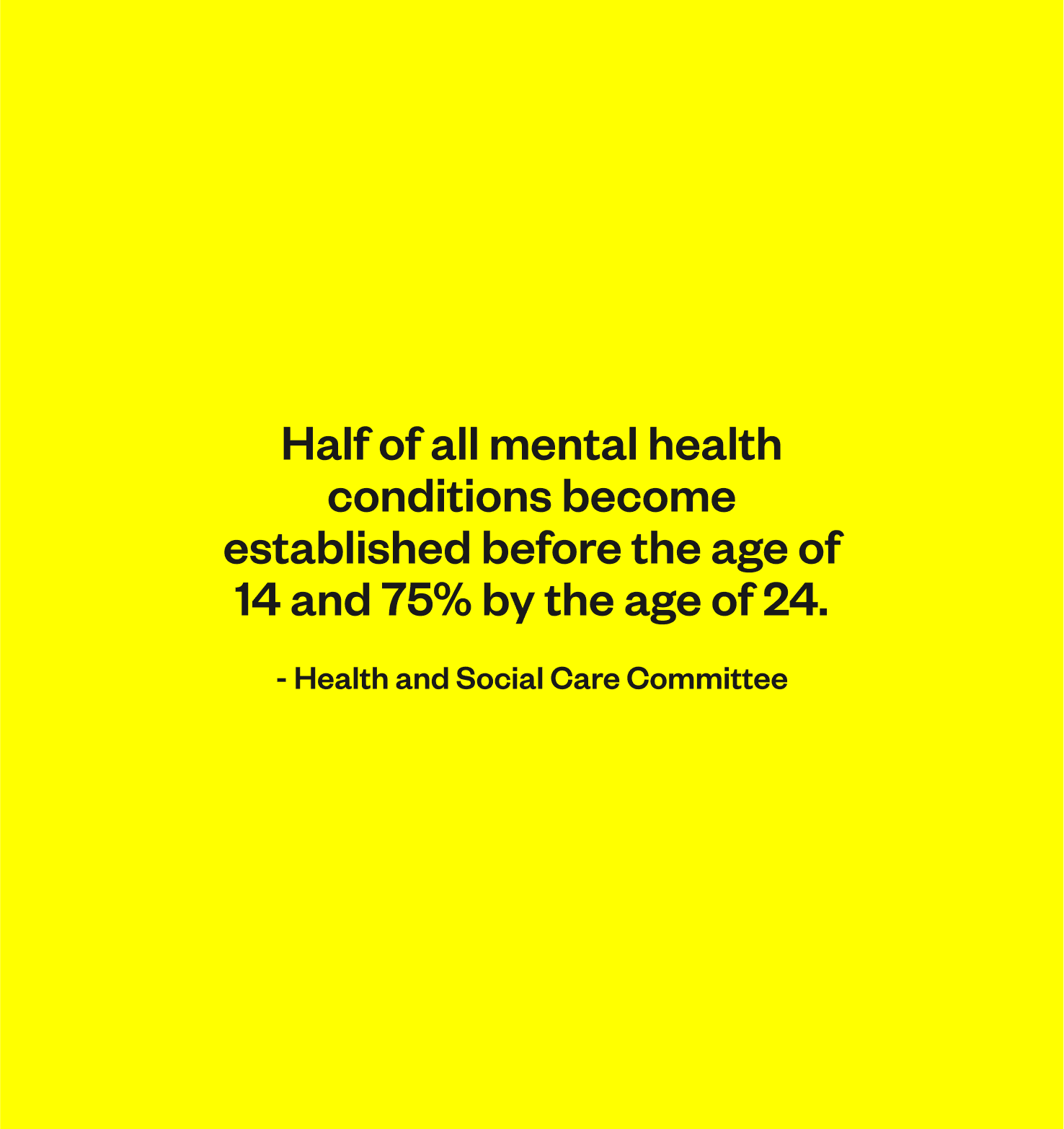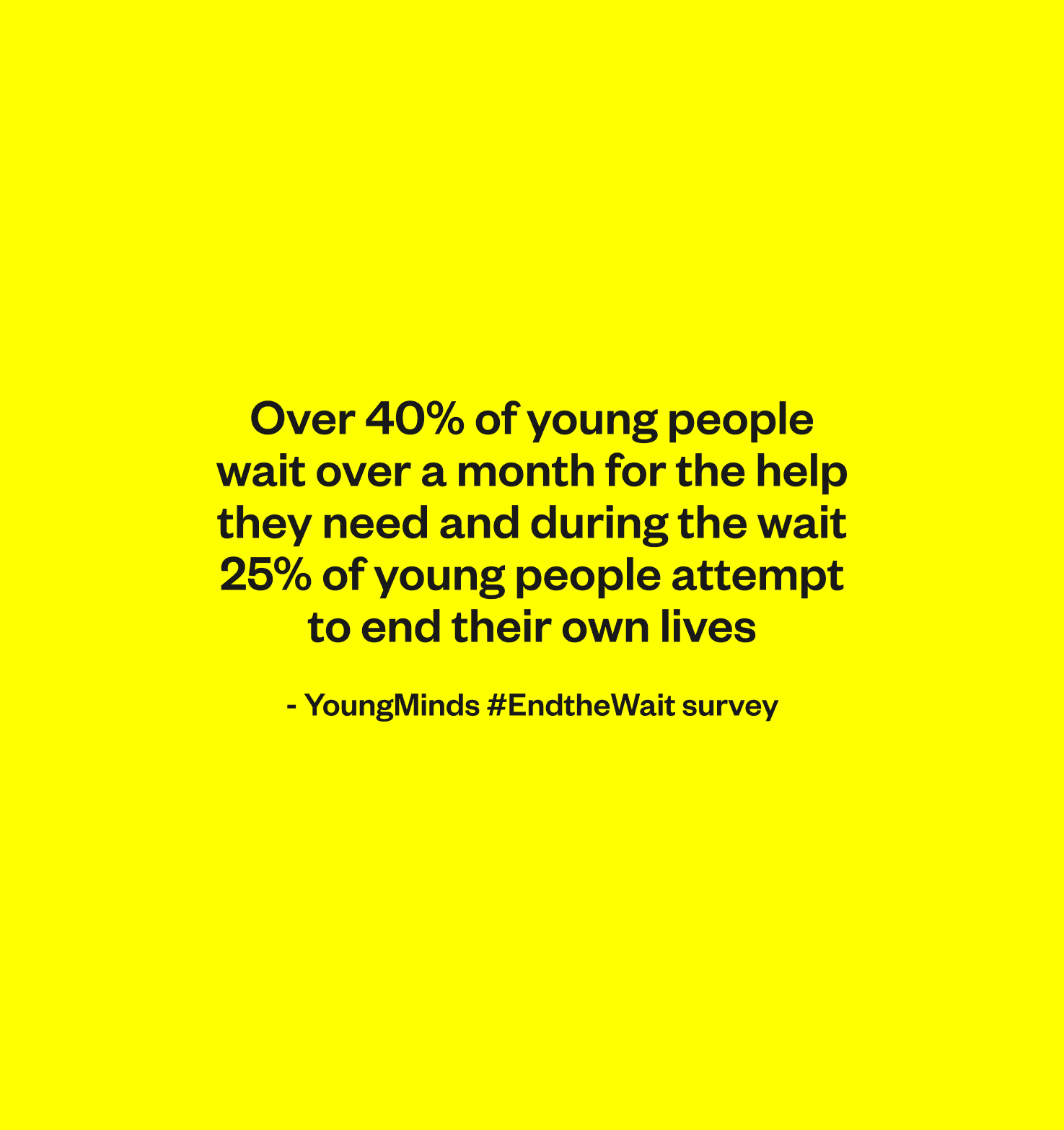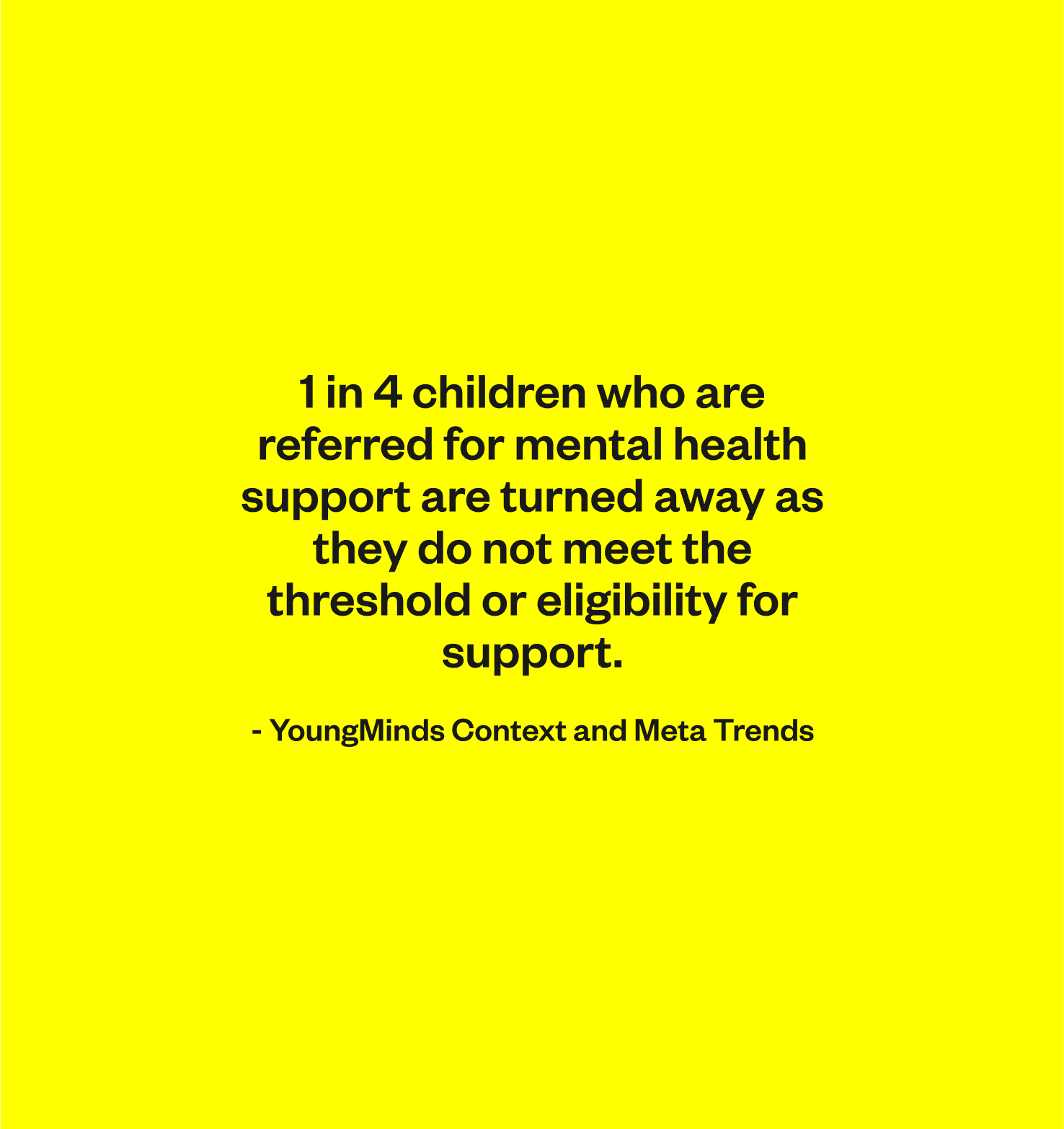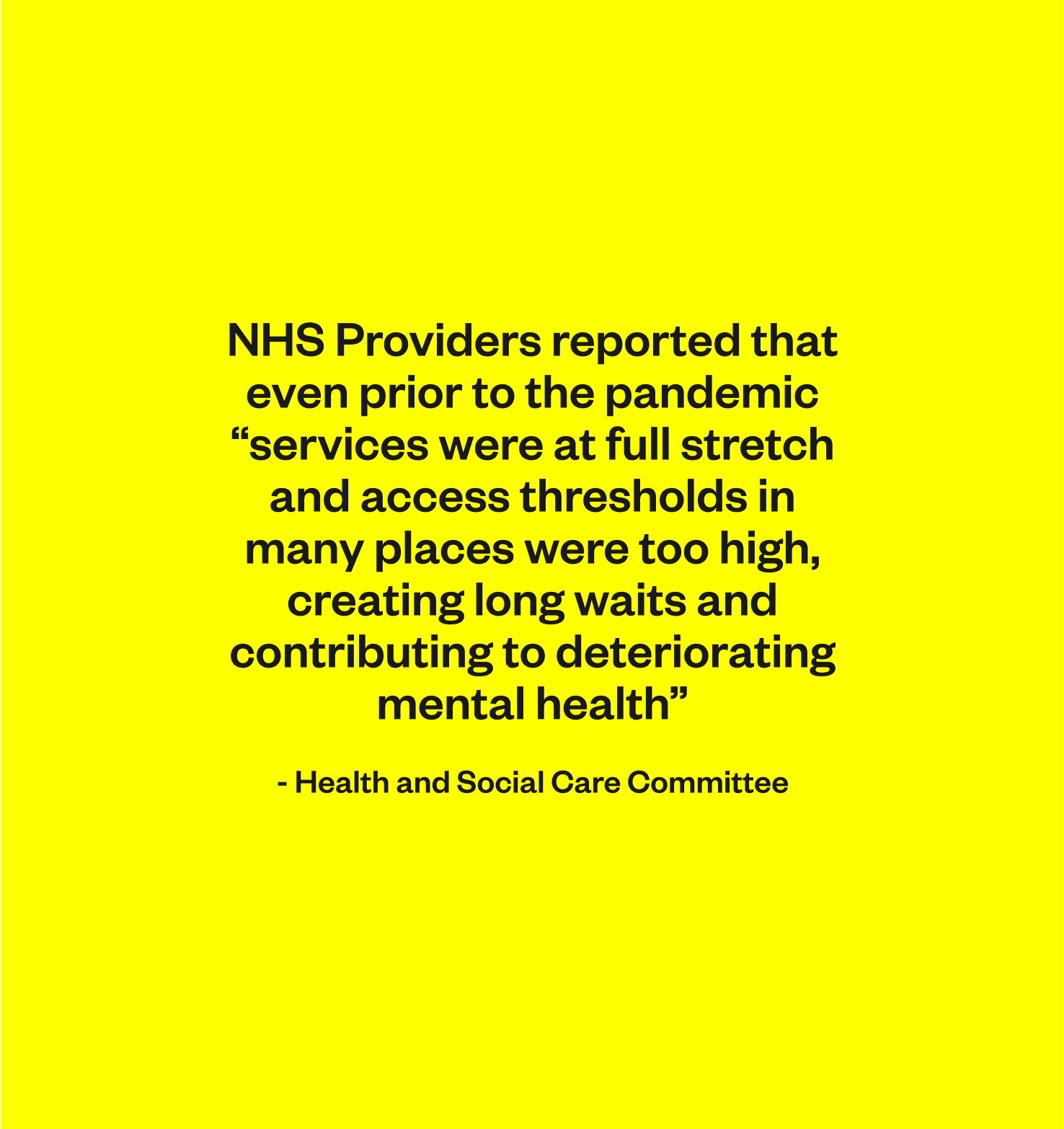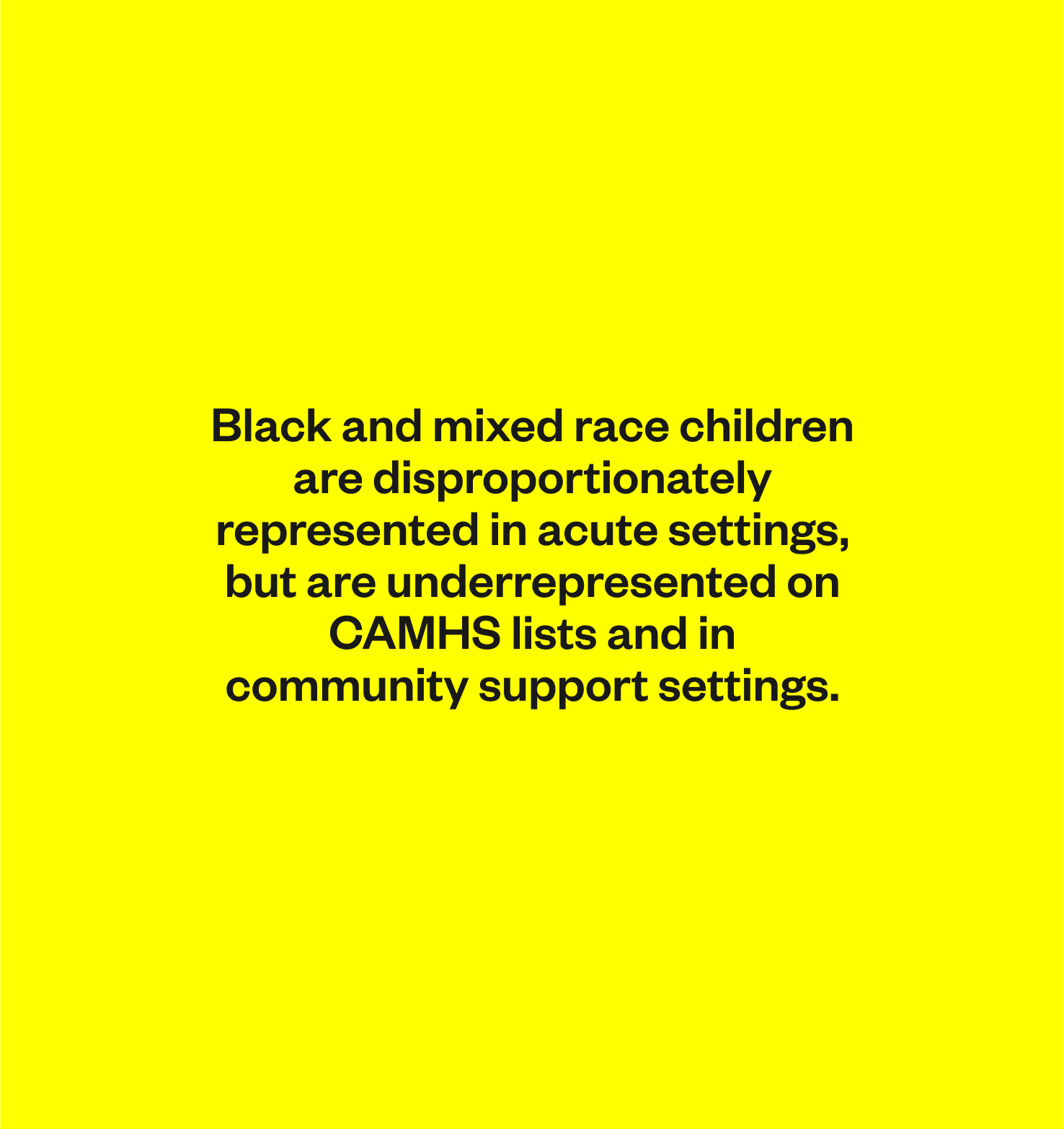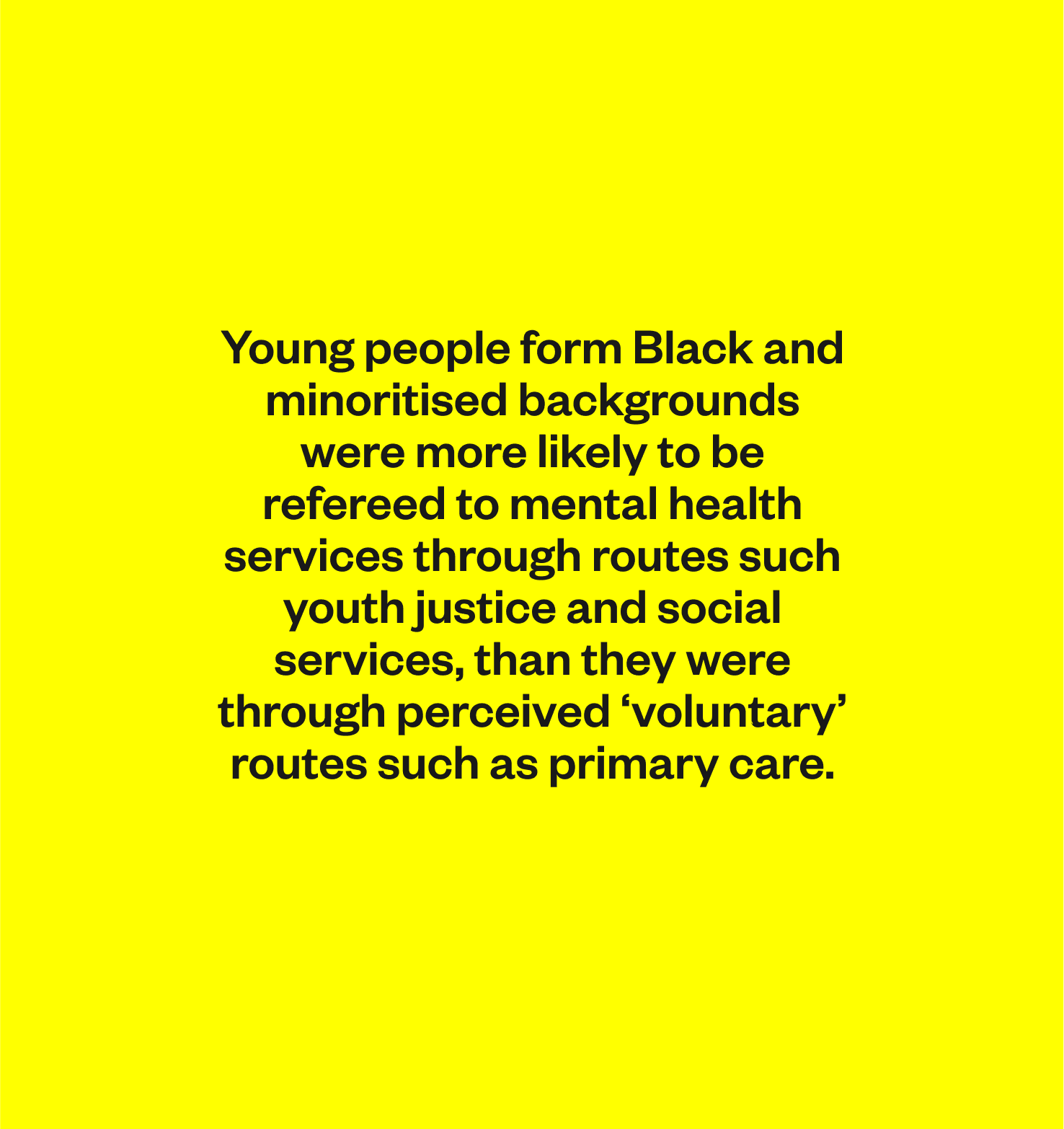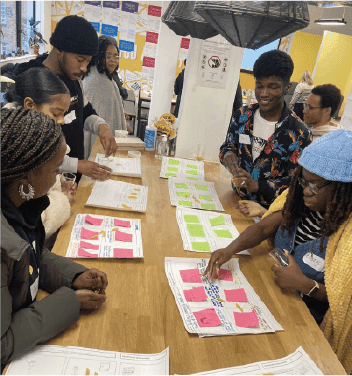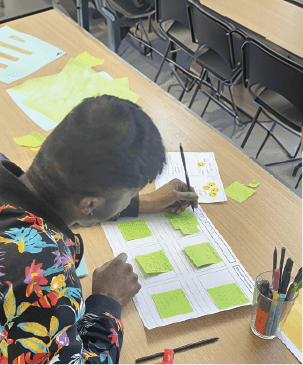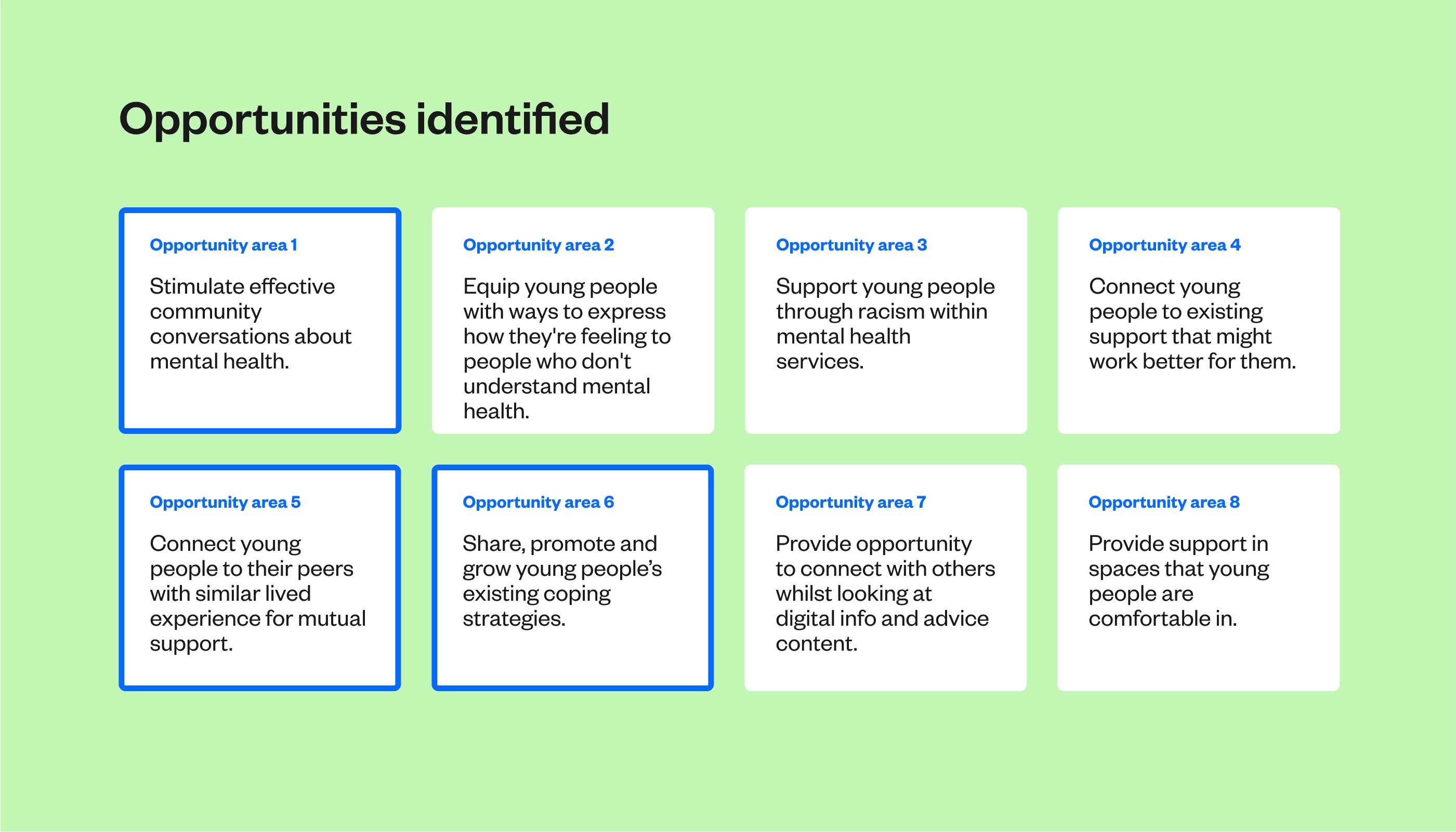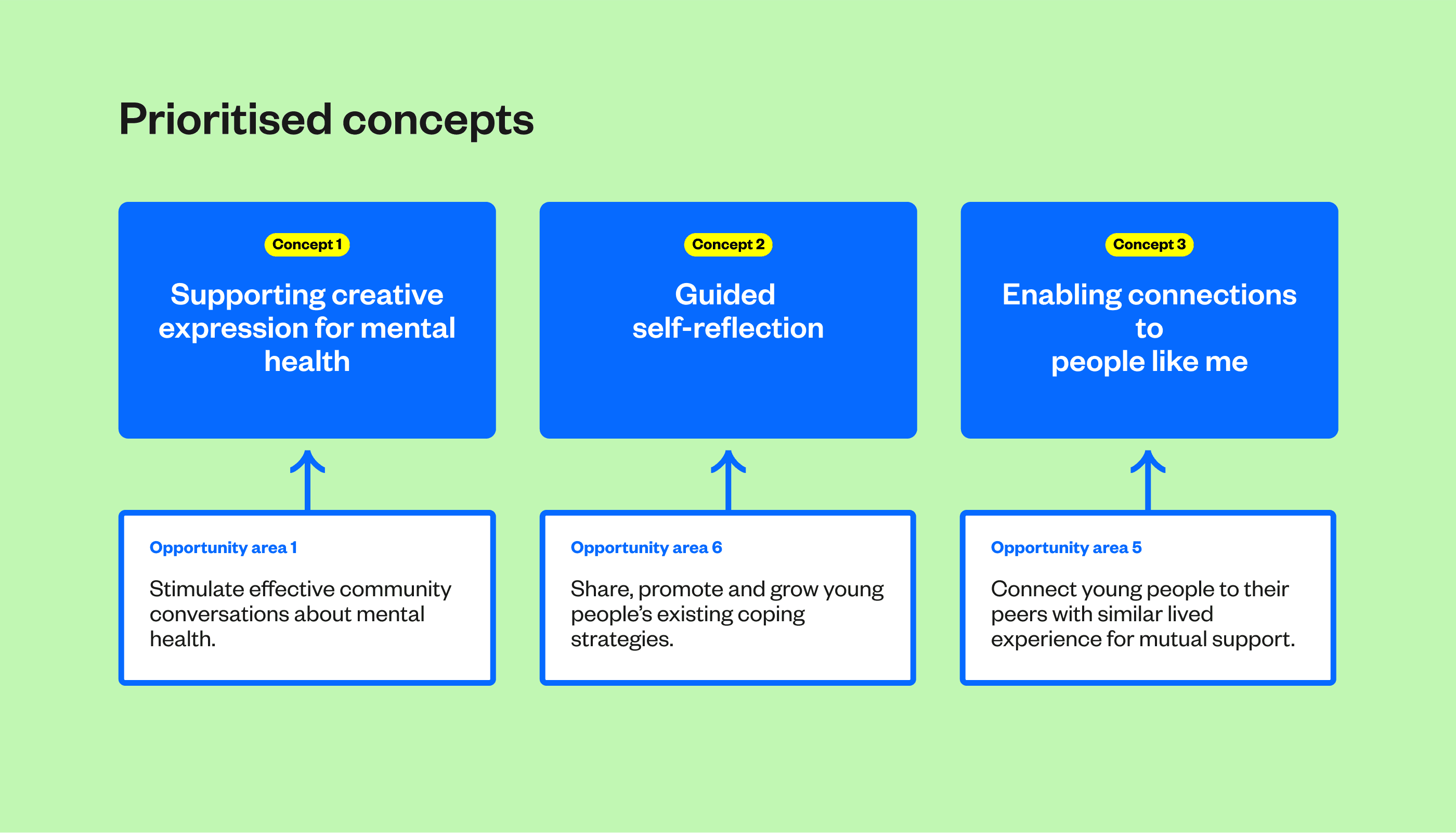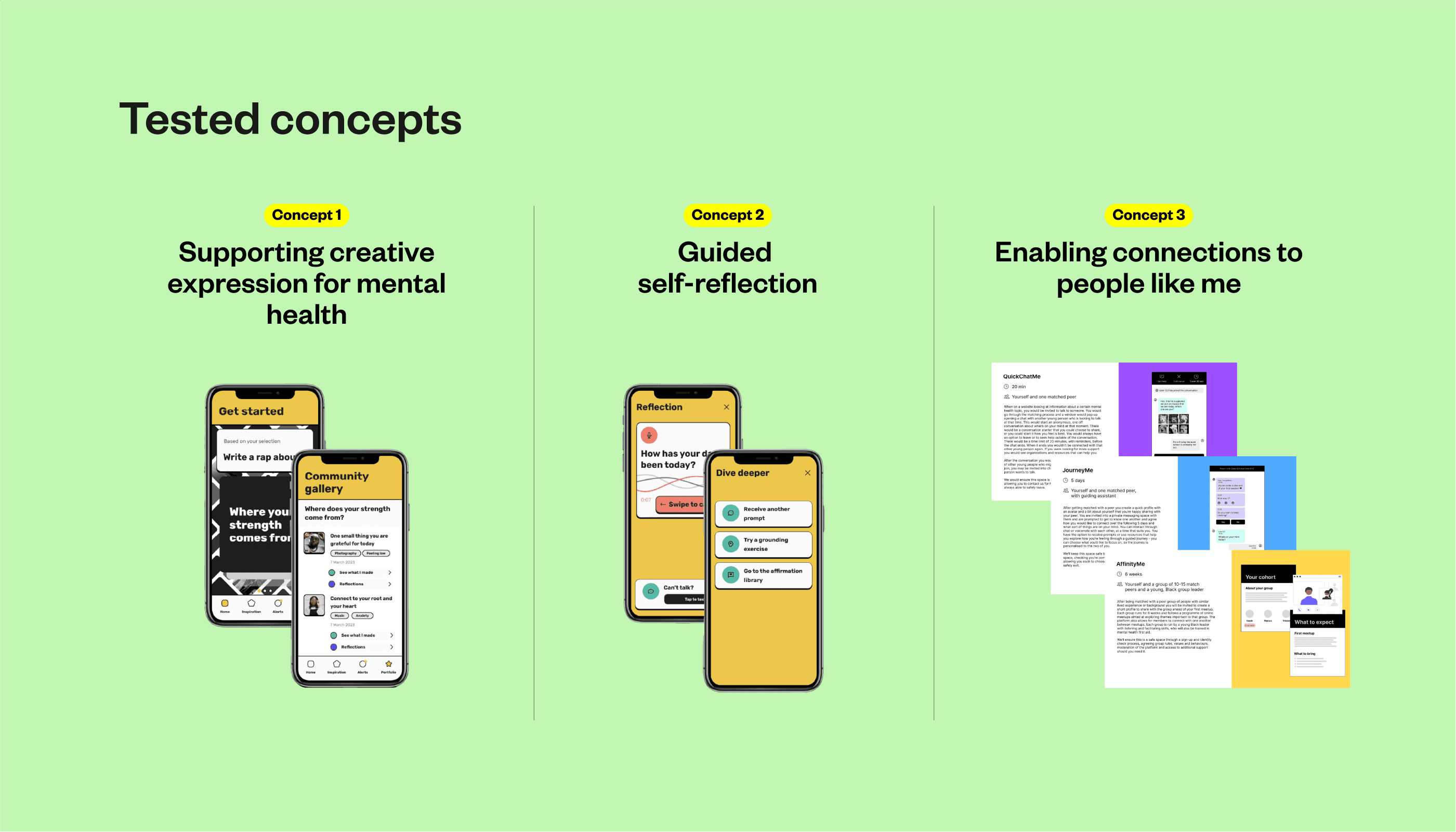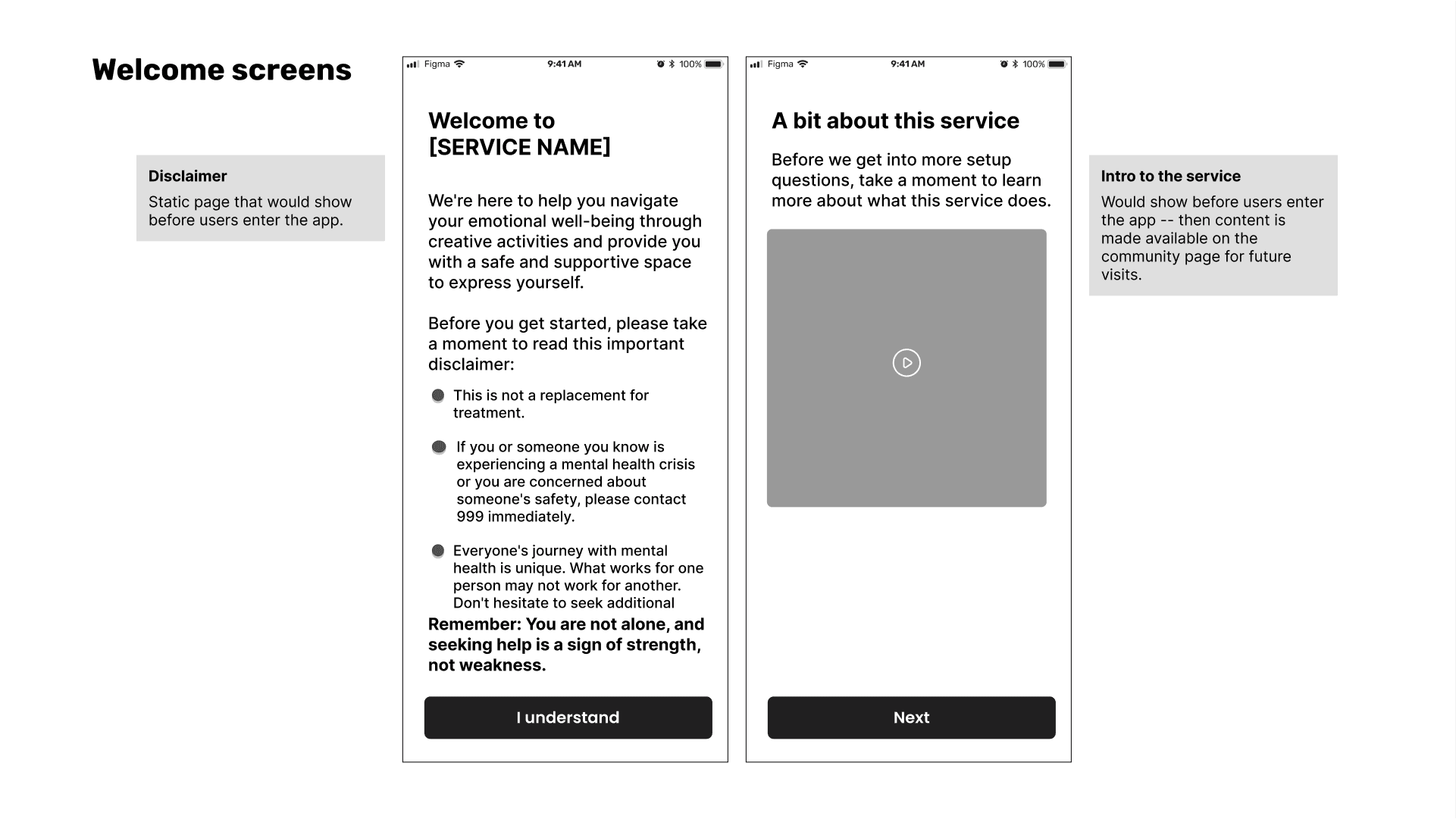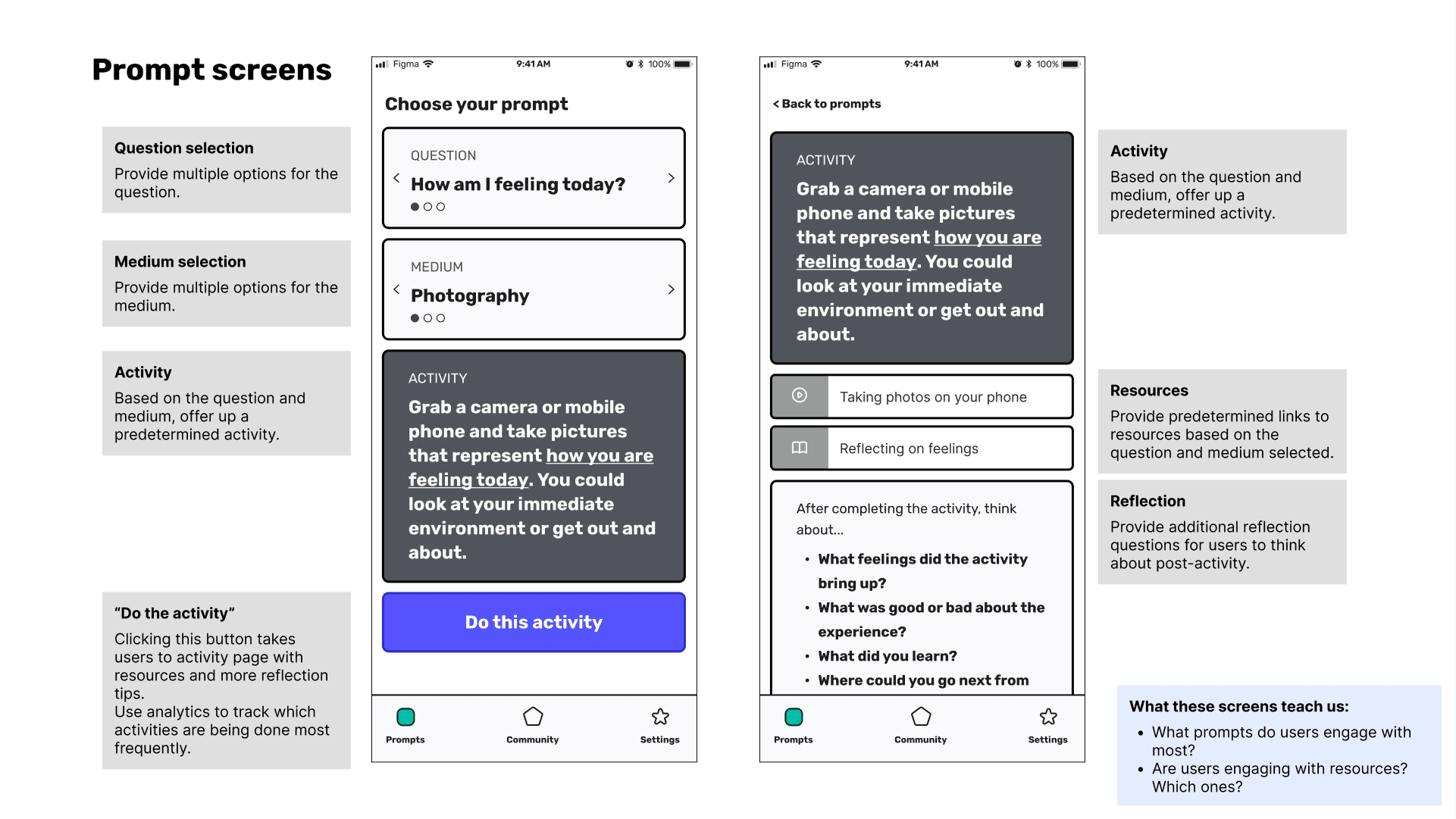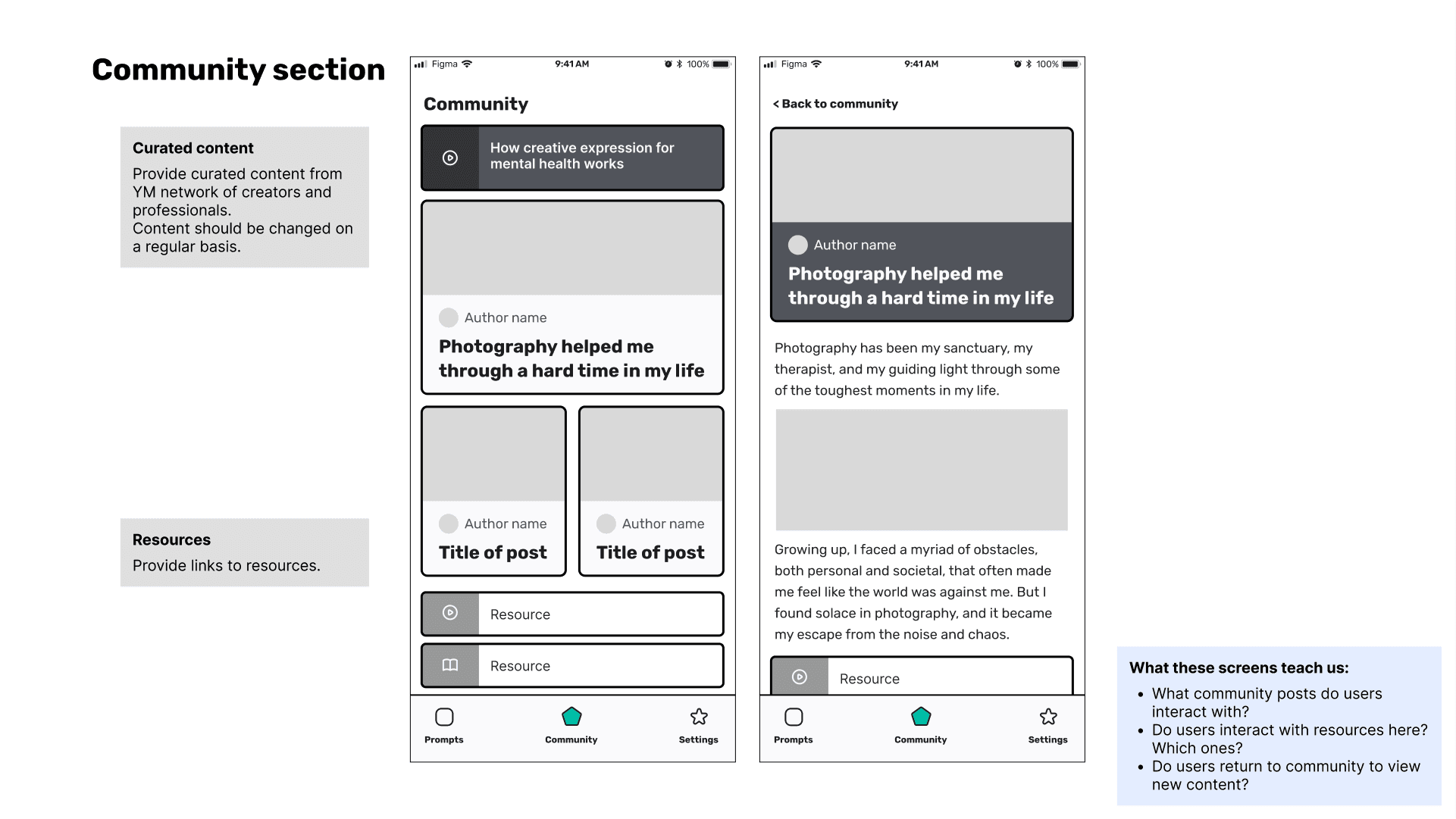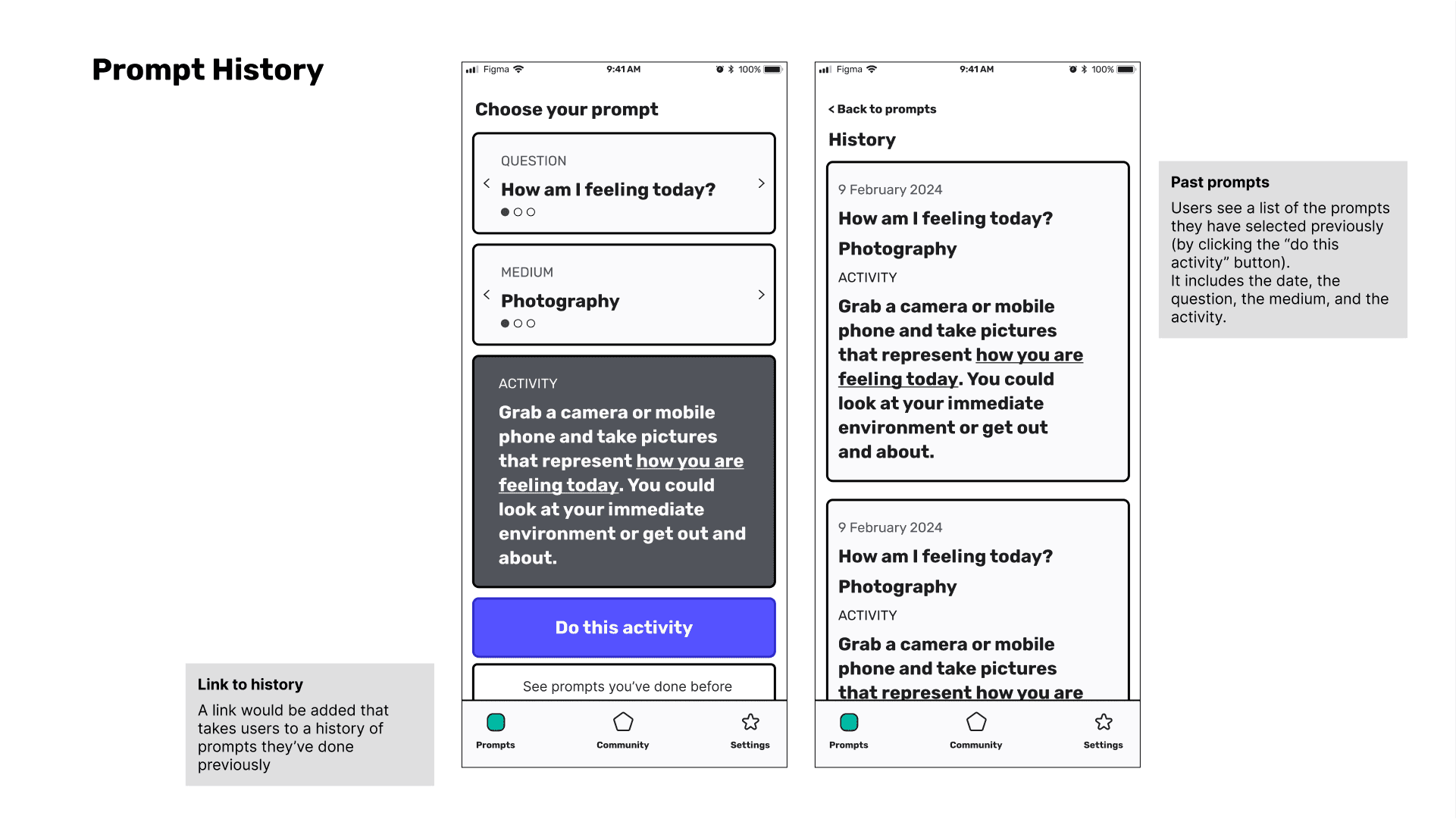The YoungMinds App project co-designed a digital platform with young Black individuals to tackle mental health stigma, fostering creative expression, self-reflection, and peer support in an app that truly reflects their experiences.
The YoungMinds App project co-designed a digital platform with young Black individuals to tackle mental health stigma, fostering creative expression, self-reflection, and peer support in an app that truly reflects their experiences.



Challenge
Challenge
The biggest challenge was ensuring that the voices of young Black people were genuinely heard and integrated into the design process. Stigma around mental health in certain communities, distrust of traditional services, and a lack of tailored support made it difficult to engage users effectively.
Additionally, balancing the technical feasibility of digital solutions with the real emotional needs of participants was complex, requiring a careful, iterative approach to refine the services based on user feedback.
Results
Results
By embracing a co-design approach, YoungMinds successfully developed digital tools that fostered creative expression, offered guided self-reflection, and built connections between peers with shared experiences. These services were not only well-received by participants but also positioned YoungMinds as a leader in inclusive, equitable mental health support. The project led to a functional MVP app, built on real user insights, and demonstrated how mental health services can be more accessible and relatable to those who need them most.
By embracing a co-design approach, YoungMinds successfully developed digital tools that fostered creative expression, offered guided self-reflection, and built connections between peers with shared experiences. These services were not only well-received by participants but also positioned YoungMinds as a leader in inclusive, equitable mental health support. The project led to a functional MVP app, built on real user insights, and demonstrated how mental health services can be more accessible and relatable to those who need them most.
Challenge
The biggest challenge was ensuring that the voices of young Black people were genuinely heard and integrated into the design process. Stigma around mental health in certain communities, distrust of traditional services, and a lack of tailored support made it difficult to engage users effectively.
Additionally, balancing the technical feasibility of digital solutions with the real emotional needs of participants was complex, requiring a careful, iterative approach to refine the services based on user feedback.
Results
By embracing a co-design approach, YoungMinds successfully developed digital tools that fostered creative expression, offered guided self-reflection, and built connections between peers with shared experiences. These services were not only well-received by participants but also positioned YoungMinds as a leader in inclusive, equitable mental health support. The project led to a functional MVP app, built on real user insights, and demonstrated how mental health services can be more accessible and relatable to those who need them most.
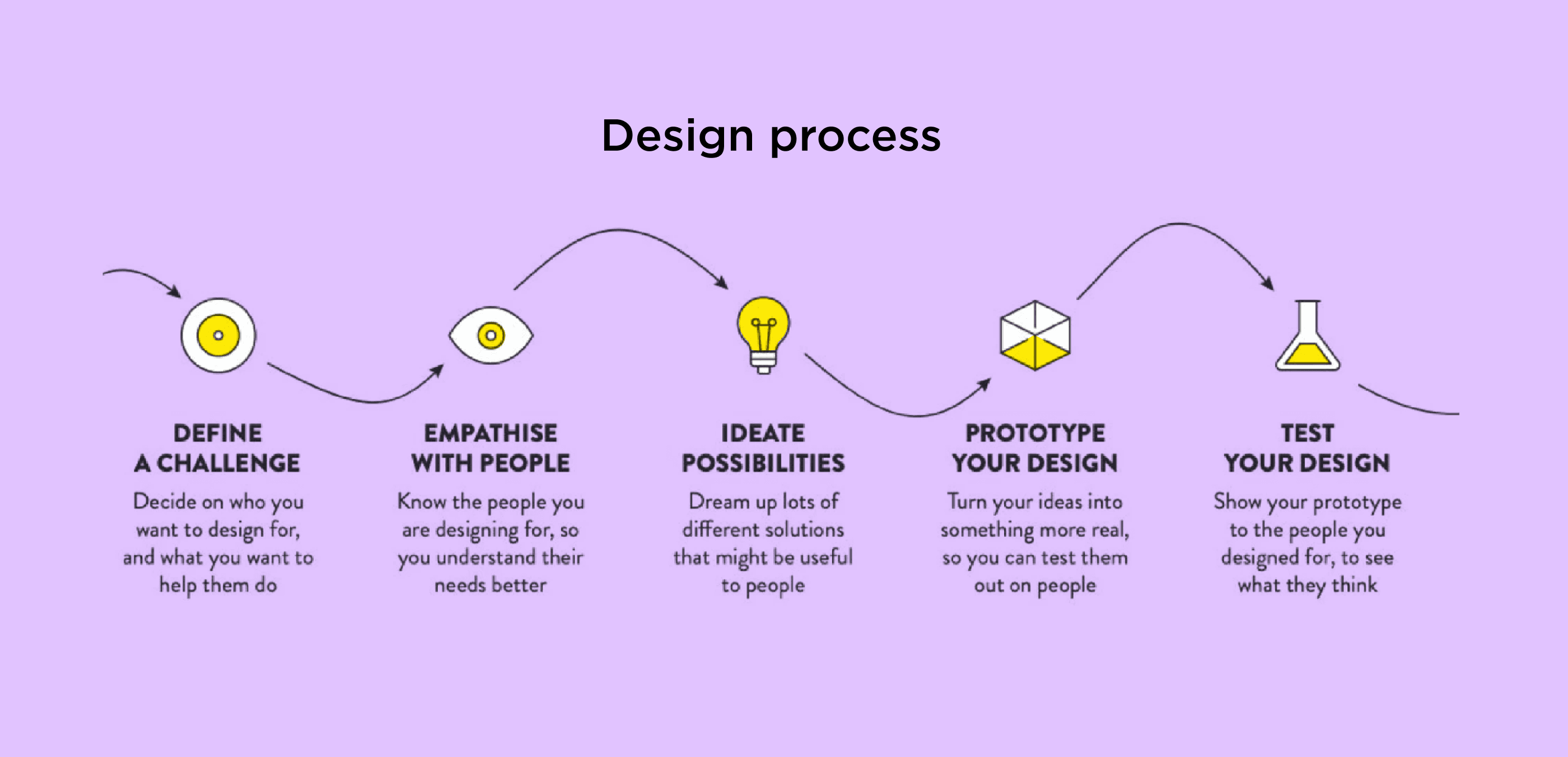


Design process adopted for the MVP
Process
Process
1. Discovery Phase: The discovery phase focuses on deepening the understanding of young Black people’s mental health challenges, needs, and strengths. Initial research included desk research, interviews, and a 7-day diary study via WhatsApp. This phase uncovered key insights about the stigma surrounding mental health within religious and Black communities, which often prevents young people from seeking help. Furthermore, it highlighted a mistrust of traditional mental health systems, with many young people feeling they had to rely on themselves for support. These insights were critical for shaping the subsequent design stages.
Process
1. Discovery Phase: The discovery phase focuses on deepening the understanding of young Black people’s mental health challenges, needs, and strengths. Initial research included desk research, interviews, and a 7-day diary study via WhatsApp. This phase uncovered key insights about the stigma surrounding mental health within religious and Black communities, which often prevents young people from seeking help. Furthermore, it highlighted a mistrust of traditional mental health systems, with many young people feeling they had to rely on themselves for support. These insights were critical for shaping the subsequent design stages.
11
Young Black people co-designing
40
Document reviewed
2000
Observation & quotes synthesised
Findings from secondary research
co-design workshop
2. Co-Design Approach: In this phase, co-design sessions were conducted to ensure that the voices of those with lived experience shaped the solutions being created. Engaging young Black people in the design process allowed for more equitable design outcomes, focusing on what mattered most to them. The sessions aimed to break down power imbalances between designers and users, ensuring participants felt heard and valued. These sessions were critical for generating ideas that would later be prototyped and tested.
3. Ideation & Concept Development: During ideation, participants co-created solutions that addressed key opportunity areas, such as creating spaces for community conversations about mental health, connecting peers with similar experiences, and promoting creative expression as a coping mechanism. Design sprints further helped to refine these ideas. The prioritised concepts—creative expression, guided self-reflection, and peer support—responded to the identified needs of young people, allowing them to manage their mental health in more personal, relatable ways.
2. Co-Design Approach: In this phase, co-design sessions were conducted to ensure that the voices of those with lived experience shaped the solutions being created. Engaging young Black people in the design process allowed for more equitable design outcomes, focusing on what mattered most to them. The sessions aimed to break down power imbalances between designers and users, ensuring participants felt heard and valued. These sessions were critical for generating ideas that would later be prototyped and tested.
3. Ideation & Concept Development: During ideation, participants co-created solutions that addressed key opportunity areas, such as creating spaces for community conversations about mental health, connecting peers with similar experiences, and promoting creative expression as a coping mechanism. Design sprints further helped to refine these ideas. The prioritised concepts—creative expression, guided self-reflection, and peer support—responded to the identified needs of young people, allowing them to manage their mental health in more personal, relatable ways.
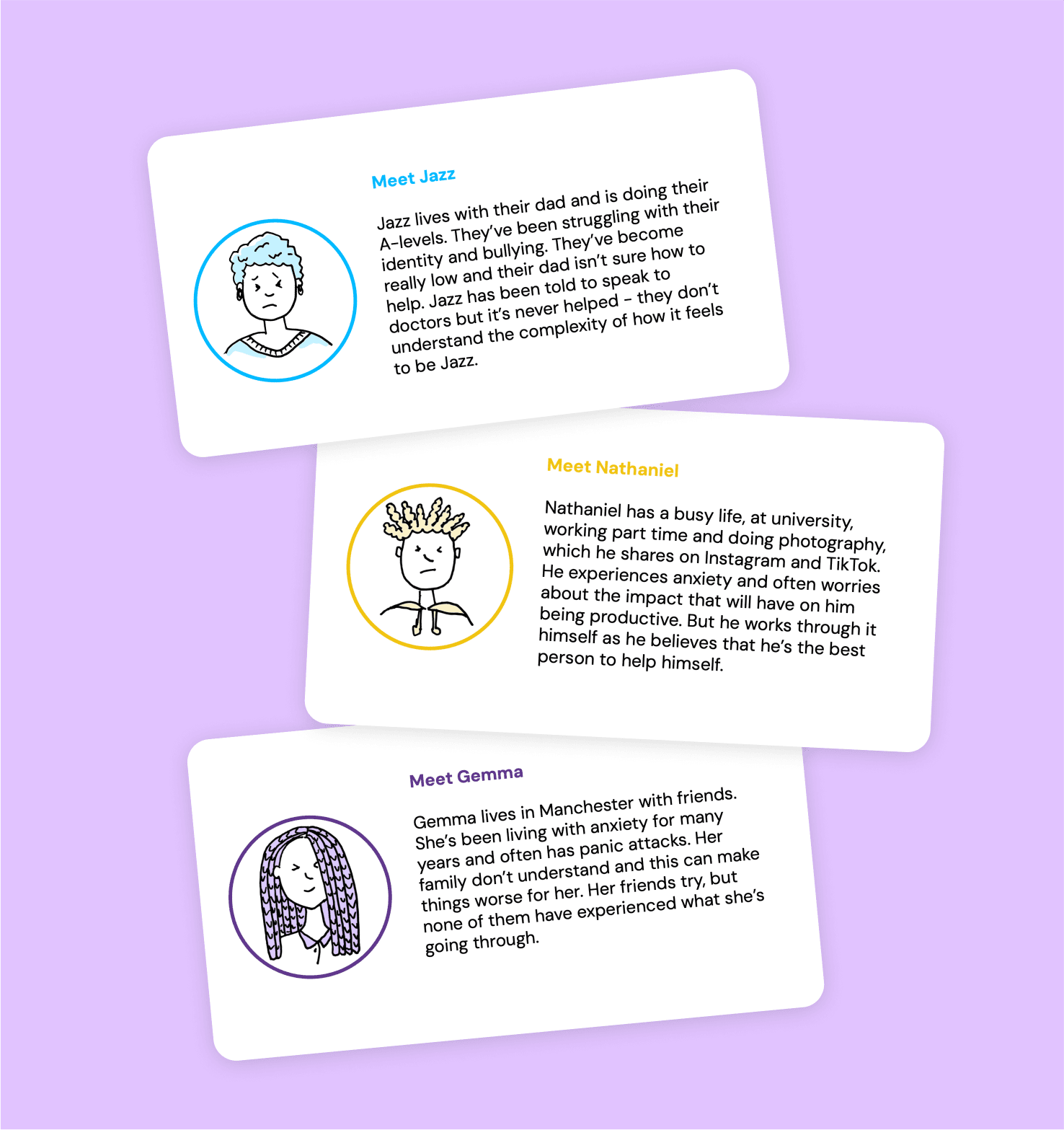


User personas and there verbatim
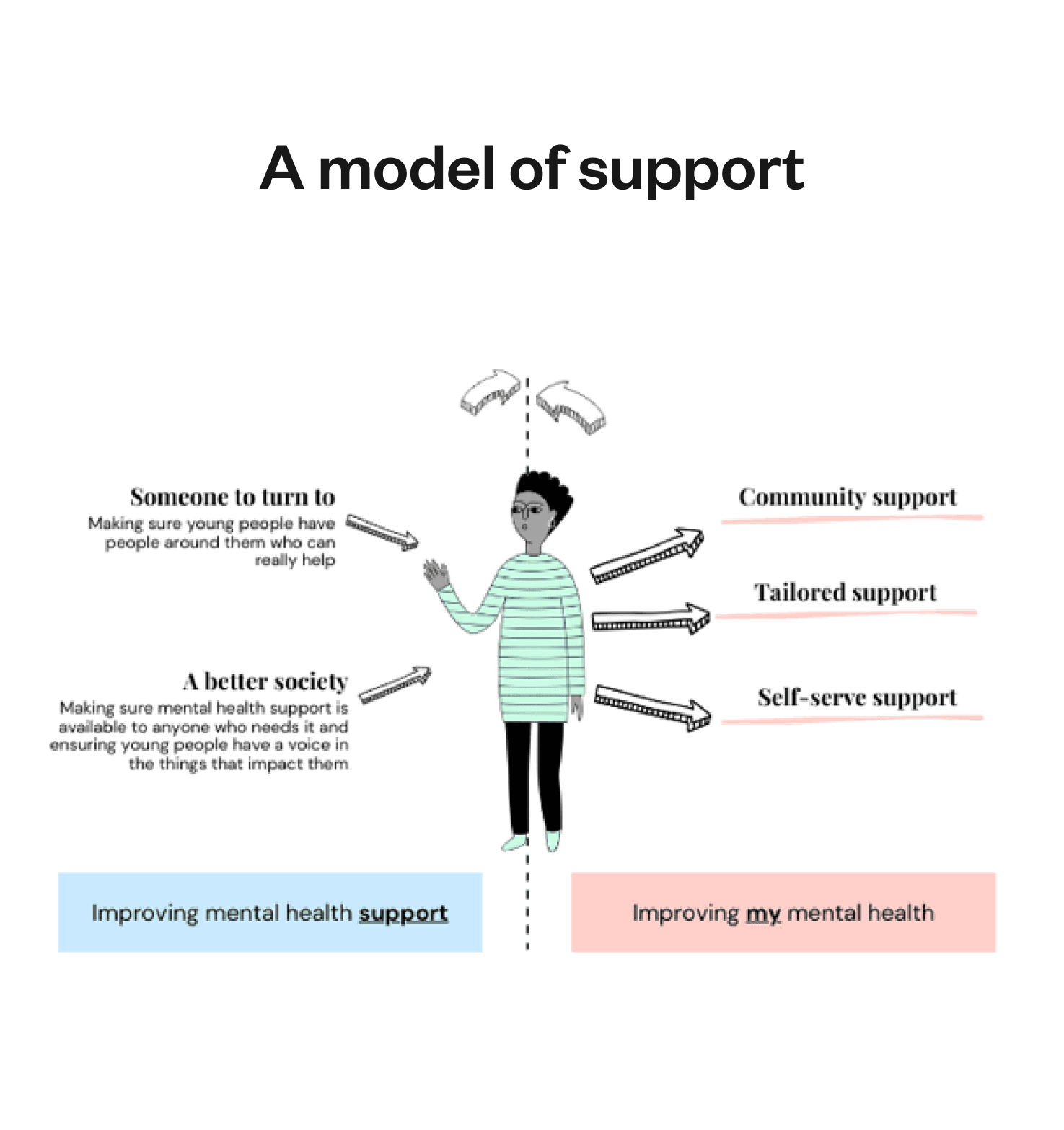


Proposed model of support
Opportunities identified and tested concepts
4. Prototype & User Testing: Prototypes for the service concepts were developed using an iterative approach. Young people were involved throughout, testing and providing feedback on the low-fidelity versions of the digital tools. This stage ensured that the final outputs were user-centric, aligning with the actual needs and behaviors of the participants. By incorporating real-time user feedback, the design was continuously improved.
4. Prototype & User Testing: Prototypes for the service concepts were developed using an iterative approach. Young people were involved throughout, testing and providing feedback on the low-fidelity versions of the digital tools. This stage ensured that the final outputs were user-centric, aligning with the actual needs and behaviors of the participants. By incorporating real-time user feedback, the design was continuously improved.
Wireframes based on concepts in alpha phase
5. Beta Phase: The Alpha phase focused on refining the key service propositions that emerged from the ideation and testing stages. These included fostering creative expression, providing guided self-reflection opportunities, and facilitating peer connections. In Beta phase, the services were developed into more polished digital prototypes. Design sprints and testing sessions continued to refine these services based on ongoing user feedback. Additionally, internal operating models were assessed to ensure these services could be integrated seamlessly into the organization’s workflow.
6. Implementation and Iteration: In this stage, the hybrid app was developed and launched as a minimum viable product (MVP). The app incorporated the key features designed in previous phases, such as creative prompts and self-reflection tools. After the MVP launch, further user testing and iterations were carried out to continuously improve the digital platform. This phase emphasized the importance of launching early to gather real-world data for ongoing improvements.
7. What next?: Engaging young people beyond the initial design process will be key to the project’s success. Continuous co-design sessions, marketing outreach, and partnerships will be leveraged to ensure the app’s success and scalability. The design approach will allow the team to receive ongoing feedback, which will be crucial for iterative improvements. Outreach campaigns and community partnerships will be used to raise awareness and engage a larger audience, while ongoing sessions with young people will keep the services aligned with their needs.
5. Beta Phase: The Alpha phase focused on refining the key service propositions that emerged from the ideation and testing stages. These included fostering creative expression, providing guided self-reflection opportunities, and facilitating peer connections. In Beta phase, the services were developed into more polished digital prototypes. Design sprints and testing sessions continued to refine these services based on ongoing user feedback. Additionally, internal operating models were assessed to ensure these services could be integrated seamlessly into the organization’s workflow.
6. Implementation and Iteration: In this stage, the hybrid app was developed and launched as a minimum viable product (MVP). The app incorporated the key features designed in previous phases, such as creative prompts and self-reflection tools. After the MVP launch, further user testing and iterations were carried out to continuously improve the digital platform. This phase emphasized the importance of launching early to gather real-world data for ongoing improvements.
7. What next?: Engaging young people beyond the initial design process will be key to the project’s success. Continuous co-design sessions, marketing outreach, and partnerships will be leveraged to ensure the app’s success and scalability. The design approach will allow the team to receive ongoing feedback, which will be crucial for iterative improvements. Outreach campaigns and community partnerships will be used to raise awareness and engage a larger audience, while ongoing sessions with young people will keep the services aligned with their needs.
Conclusion
Conclusion
Engaging young people beyond the initial design process was key to the project’s success. Continuous co-design sessions, marketing outreach, and partnerships were leveraged to ensure the app’s success and scalability. The design approach allowed the team to receive ongoing feedback, which was crucial for iterative improvements. Outreach campaigns and community partnerships were used to raise awareness and engage a larger audience, while ongoing sessions with young people kept the services aligned with their needs.
Results
Results
Revamping the e-commerce website proved to be a game-changer in enhancing user experience and driving sales. By simplifying the navigation and checkout process, we created a more enjoyable shopping experience that significantly boosted conversion rates and customer satisfaction. This project highlights the critical role of UX design in the success of e-commerce platforms.
Revamping the e-commerce website proved to be a game-changer in enhancing user experience and driving sales. By simplifying the navigation and checkout process, we created a more enjoyable shopping experience that significantly boosted conversion rates and customer satisfaction. This project highlights the critical role of UX design in the success of e-commerce platforms.
Conclusion
Engaging young people beyond the initial design process was key to the project’s success. Continuous co-design sessions, marketing outreach, and partnerships were leveraged to ensure the app’s success and scalability. The design approach allowed the team to receive ongoing feedback, which was crucial for iterative improvements. Outreach campaigns and community partnerships were used to raise awareness and engage a larger audience, while ongoing sessions with young people kept the services aligned with their needs.
Results
Revamping the e-commerce website proved to be a game-changer in enhancing user experience and driving sales. By simplifying the navigation and checkout process, we created a more enjoyable shopping experience that significantly boosted conversion rates and customer satisfaction. This project highlights the critical role of UX design in the success of e-commerce platforms.
"
I am so excited, seeing it come to life. It looks amazing”

Libby Rhodes
Head of Digital Transformation, YoungMinds

